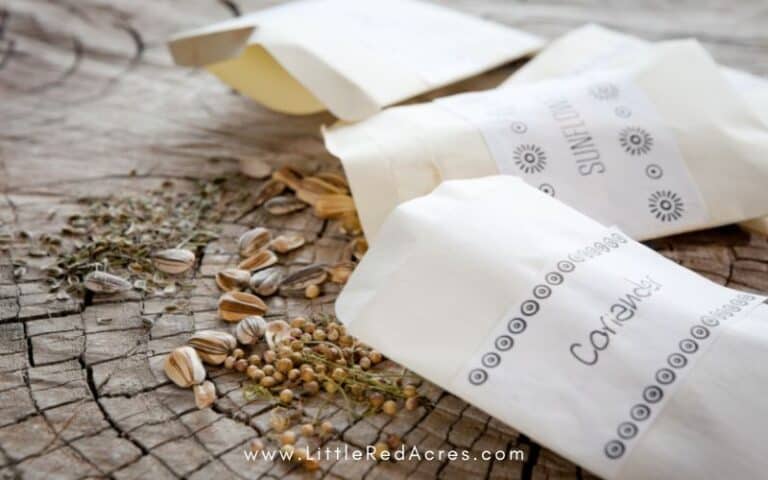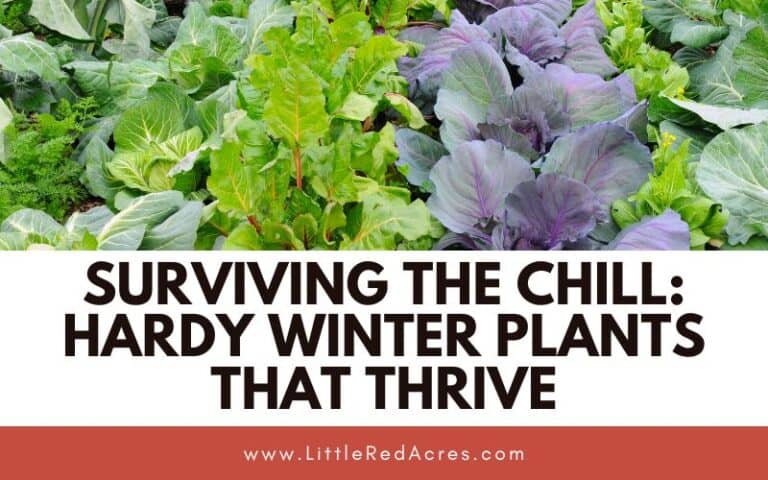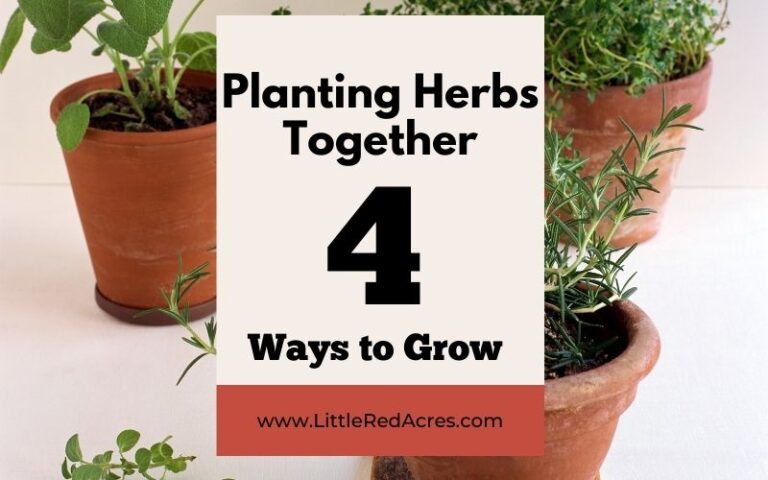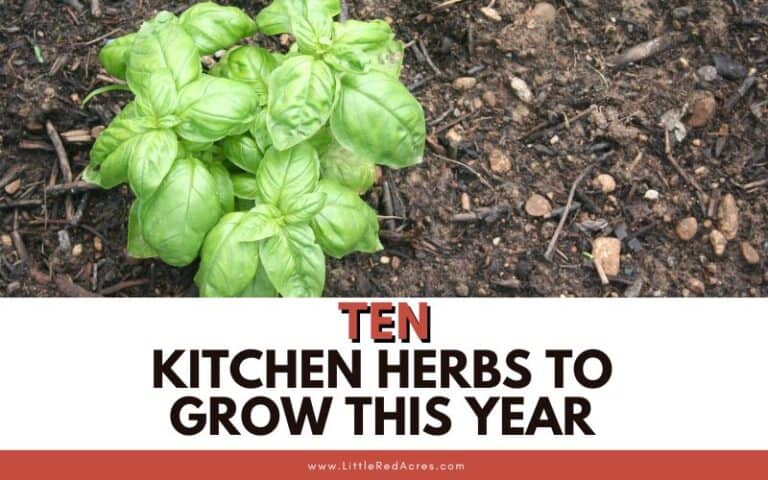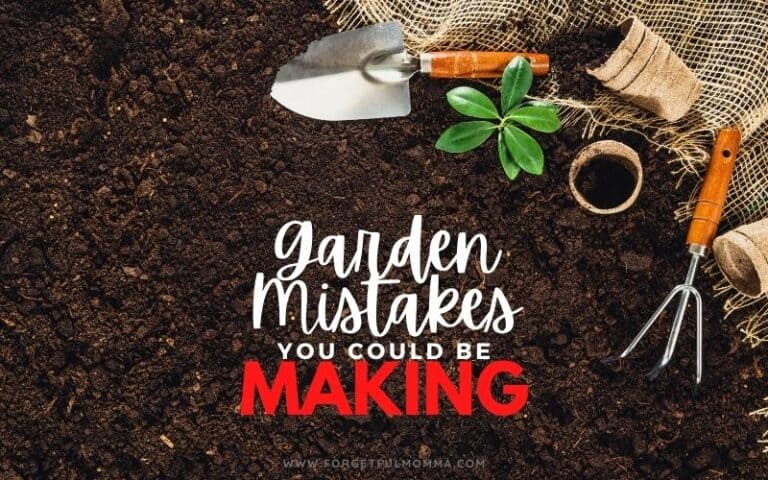10 Essential Spring Gardening Tasks
Inside: Transform your garden with these spring gardening tasks! From soil prep to pest control, nurture your plants to thrive like never before.
Spring is a time for new beginnings, and there's no better way to welcome the season than by starting your garden. Whether you're an experienced gardener or just starting, these spring garden tasks will help you make the most of your garden this season.
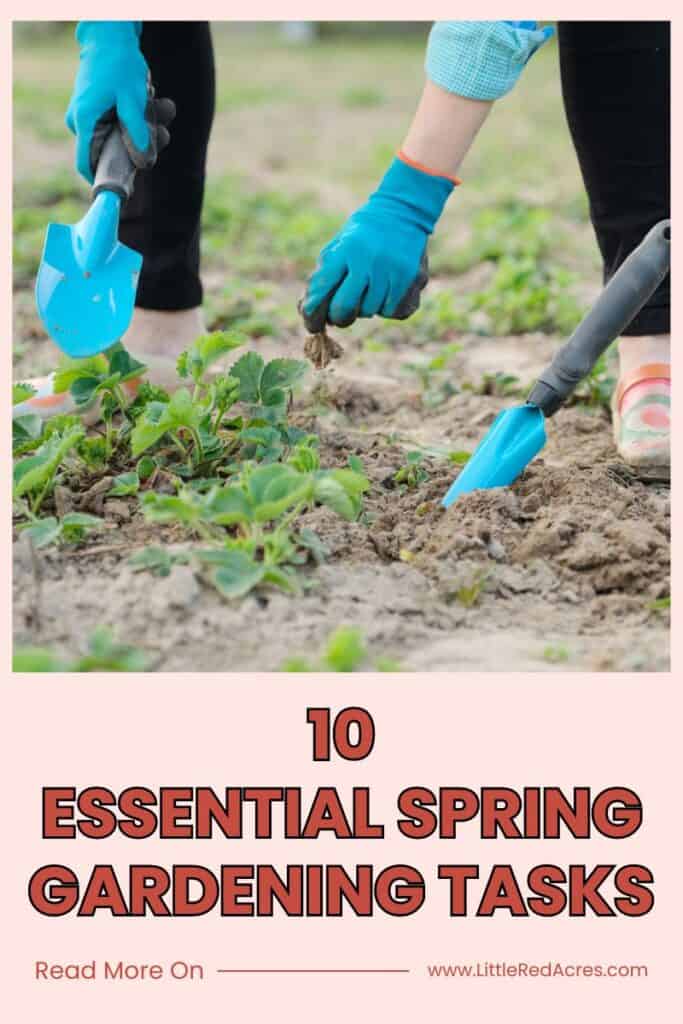
This post may contain affiliate links, see my disclosure policy for more information.
10 Essential Spring Gardening Tasks
Spring is a season of renewal, growth, and new beginnings, and there's no better way to embrace the season than by starting your garden. Whether you're a seasoned gardener or just starting, spring offers the perfect opportunity to start afresh and create a beautiful outdoor space.
Get updates & freebies delivered to your inbox!
From preparing your soil to selecting the right plants, watering, weeding, mulching, and pruning, we've got you covered. So roll up your sleeves, grab your gardening tools, and let's get started on creating a stunning spring garden that will bring joy and beauty to your home.
Prepare Your Soil
Before you start planting, make sure your soil is ready. Clear out any weeds or debris, then mix in compost or other organic matter to improve soil health.
Choose the Right Plants
Choose plants that are suited to your climate and soil type, and that will thrive in the amount of sunlight your garden receives. You can consult a local gardening center or do some research online to find the best options.
Start Seeds Indoors
If you're starting plants from seed, you can get a head start by planting them indoors a few weeks before you plan to transplant them outside. Be sure to follow the instructions on the seed packets for the best results.
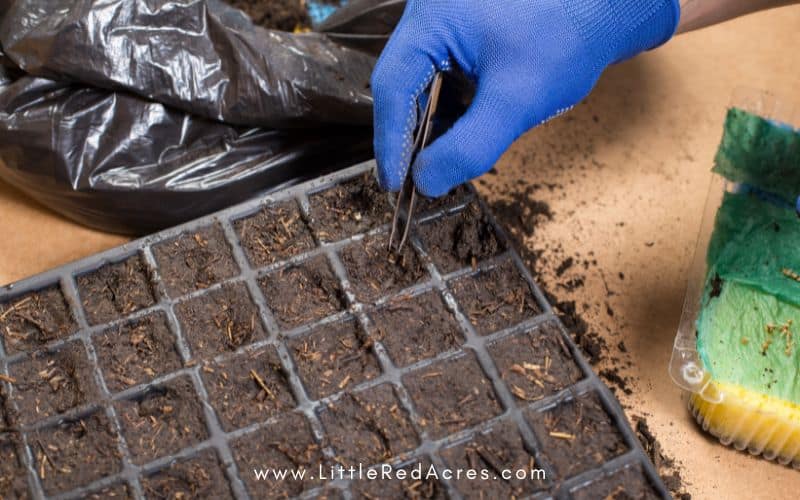
Protect Your Plants From Pests
Spring is a time when many pests start to become active, so it's important to take steps to protect your plants. You can use natural pest control methods like companion planting, or consider using organic pesticides if necessary.
Water and Fertilize Regularly
Make sure your plants are getting enough water and nutrients, especially during the spring growing season. Use a high-quality fertilizer and be sure to water deeply and regularly, especially during dry spells.
Introducing the Garden Planner and Tracker, the ultimate tool for all your gardening needs! With our innovative planner, you can effortlessly design, plan, and manage your dream garden all in one place.
Prune and Shape Your Plants
Spring is a good time to prune and shape your plants to promote healthy growth and encourage flowering. Be sure to use sharp, clean tools and follow the proper techniques for each type of plant.
Consider Planting A Vegetable Garden
Spring is the perfect time to start a vegetable garden. Choose a sunny spot with well-draining soil, and plant a variety of vegetables that will thrive in your climate.
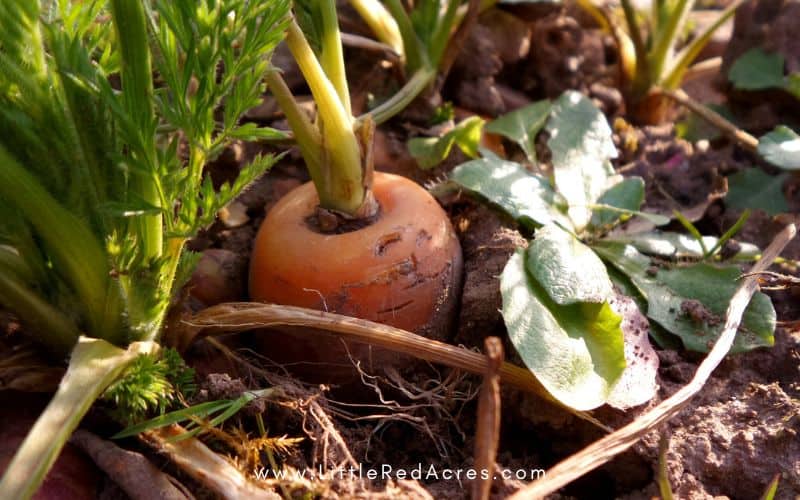
Mulch Your Garden Beds
Mulch helps to retain moisture and suppress weeds, so it's a good idea to spread a layer of mulch over your garden beds in the spring. Choose a natural mulch like wood chips or straw for best results.
Keep Your Garden Tidy
Regularly remove dead or damaged plants, and keep your garden free of debris and clutter. This will help prevent pests and disease, and keep your garden looking neat and tidy.
By implementing these 10 tips, your garden is poised for a season of vibrant growth and abundant harvests. With careful nurturing, your green oasis will flourish like never before, providing beauty, sustenance, and joy for you and your loved ones to enjoy throughout the spring and beyond.
Frequently Asked Questions
When should I start weeding my garden in the spring? A good rule of thumb is to wait until temperatures are consistently about 50 degrees F. (10 C.). This will help protect the habitat in the spring and ensure you have a robust and healthy pollinator population and overall garden ecosystem.
What vegetables are in a spring garden? These are some frost-tolerant spring vegetables—peas, broccoli, kale, arugula, cabbage, spinach, carrots, radishes, scallions, cilantro, and lettuce, to name a few—before even thinking about planting heat-loving crops like tomatoes or peppers.

Want More?
When to Start Seeds Indoors for Spring Planting
Transitioning Seedlings Outdoors: A Gardener’s Guide
Tips for Growing Plants from Seeds

